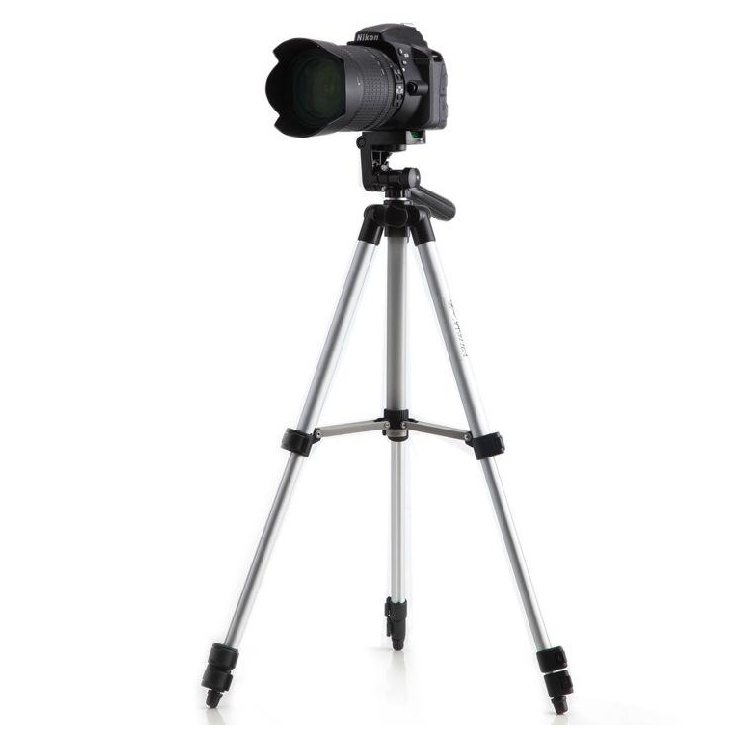Telescoping Pole: A Photographer's Secret Weapon to Capture Stunning Aerial Shots
June 06,2023
As a photographer, one is always looking for ways to capture the perfect shot that will leave a lasting impact on the viewer. With the advent of technology, there are now numerous ways to capture breathtaking photos and videos. One such tool that is becoming increasingly popular amongst photographers, videographers, and content creators is the telescoping pole.
Telescoping poles, also known as monopods, are lightweight, versatile, and easy to use. They are commonly used in outdoor photography, but their applications are not limited to this. With the ability to extend to great heights, telescoping pole allows photographers to capture aerial shots of landscapes, cityscapes, and other stunning vistas, without the expense and potential hassle of hiring a helicopter or drone.
The Advantages of Telescoping Poles
1. Capture Unque Angle
One of the most significant advantages of using telescoping poles is the ability to capture unique viewpoints that are otherwise not accessible to photographers. For instance, photographers can capture the top of skyscrapers, mountains, and other structures without ever leaving the ground. The telescoping pole offers a stable platform, which ensures that the camera remains steady, and the images captured are clear and sharp.
2. Better Control Camera
Another critical advantage of using a telescoping pole is that it allows for better control of the camera. When it comes to capturing aerial shots, one of the most significant challenges a photographer faces is maintaining stability and control. With telescoping poles, the photographer can adjust the height and angle of the camera, allowing them to capture the desired shot with ease. Moreover, most telescoping poles come with a remote shutter trigger, allowing for greater control and precision when capturing shots.
3. Practical for Small-scale Projects
A telescoping pole is also a more practical solution compared to drones or helicopters. While a drone is lightweight and agile, it comes with its own set of legal and environmental restrictions. Drones can also be costly, and their use can be limited in certain areas. On the other hand, while a helicopter offers a stable platform for aerial photography, it is often expensive, and not the most practical option, especially for small-scale projects.
4. Greater Versatility
Moreover, a telescoping pole offers photographers greater versatility. It can be used to capture images of any subject, from landscapes to cityscapes, and from wildlife to architecture. It also allows photographers to be more creative in their approach, without the distraction of maneuvering a drone or helicopter.
Tips for Selecting Telescoping Poles
When using a telescoping pole, it's essential to invest in one that is sturdy, durable, and designed for the purpose. There are several types of telescoping pole, including aluminum, carbon fiber, and fiberglass. Carbon fiber is generally preferred as it is lightweight, strong, and offers excellent stability. Additionally, it can withstand harsh weather conditions, and it is less prone to vibration, ensuring that the camera remains steady regardless of the pressure.

In conclusion, a telescoping pole is an efficient and practical tool for photographers, videographers, and content creators. Its versatility, stability, and ease of use make it an ideal solution for capturing stunning aerial shots without the expense and potential hassle of using drones or helicopters. With the right equipment and a creative eye, photographers can use telescoping poles to capture unique and breathtaking images that will take their work to the next level.